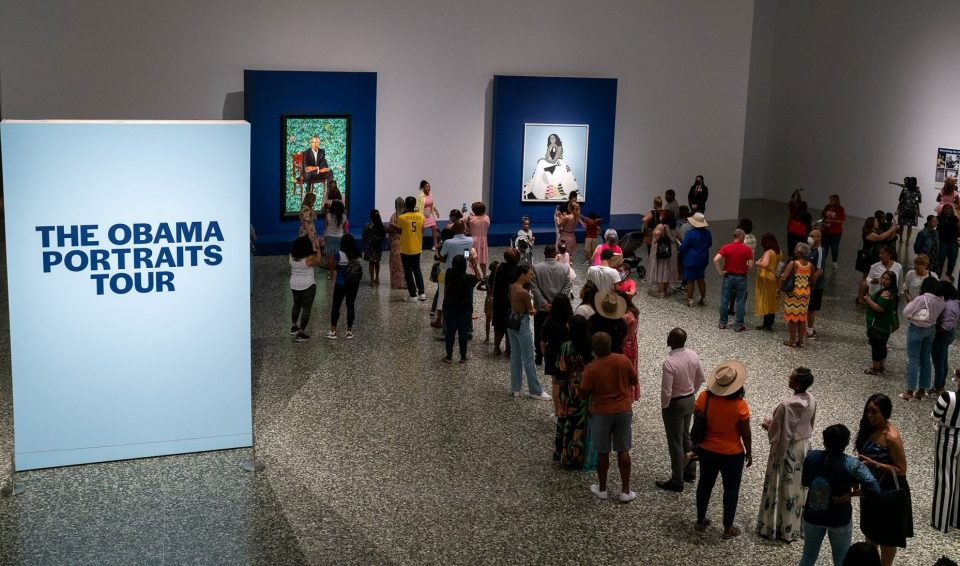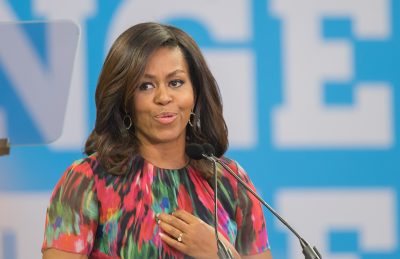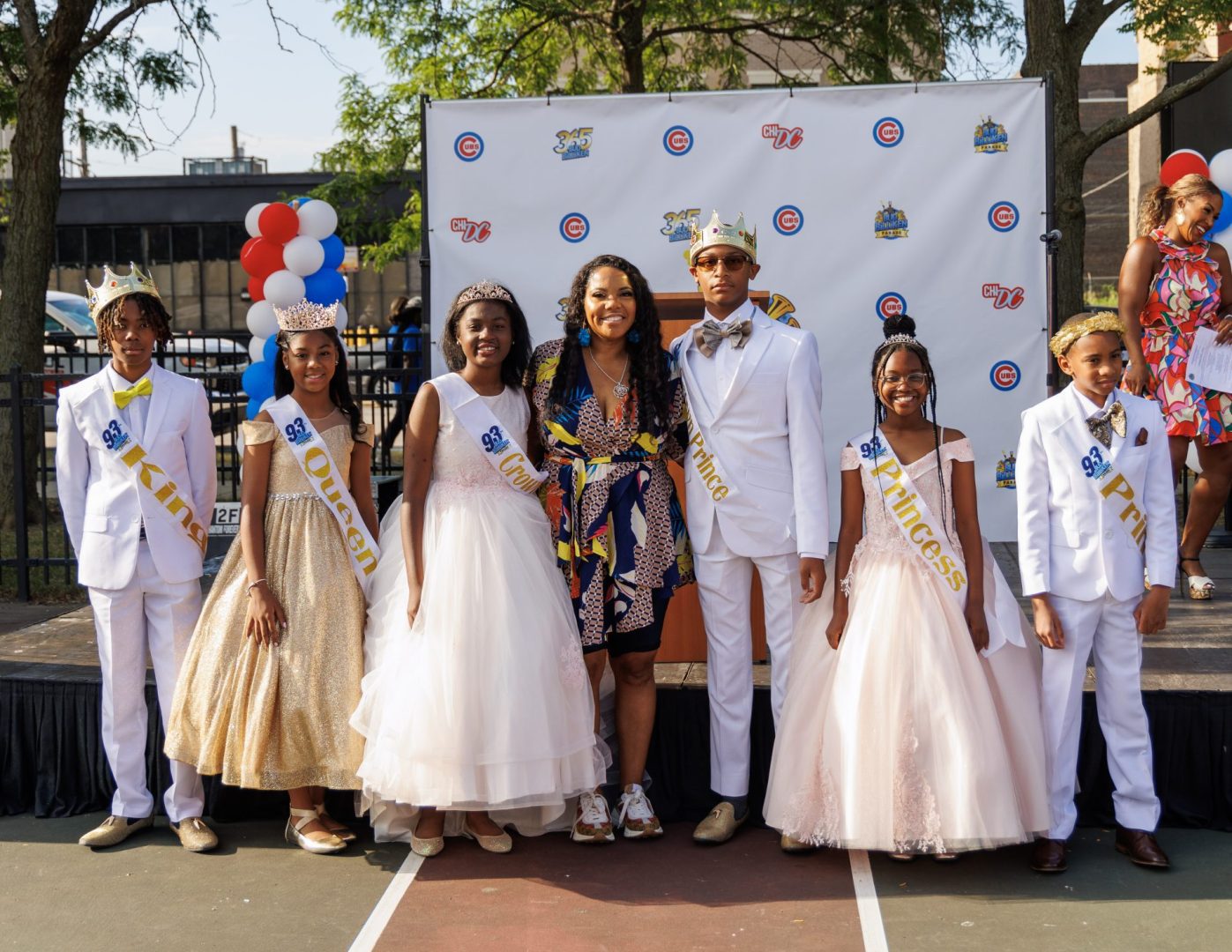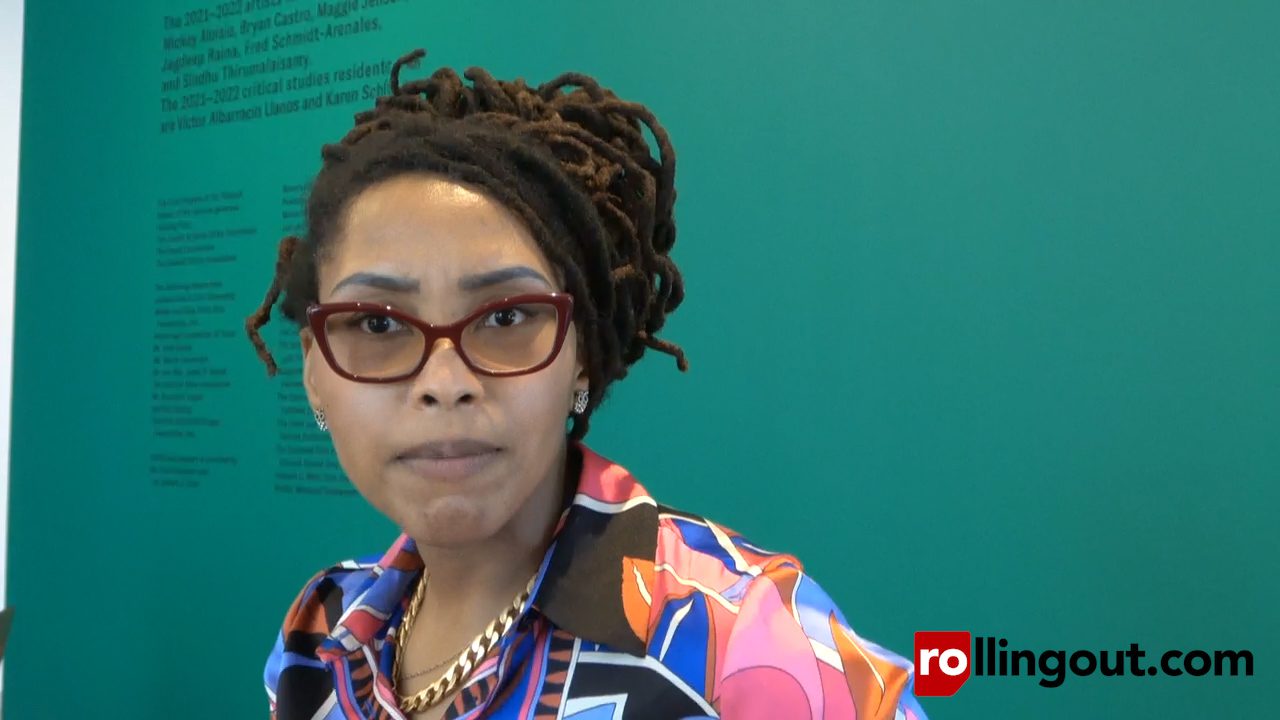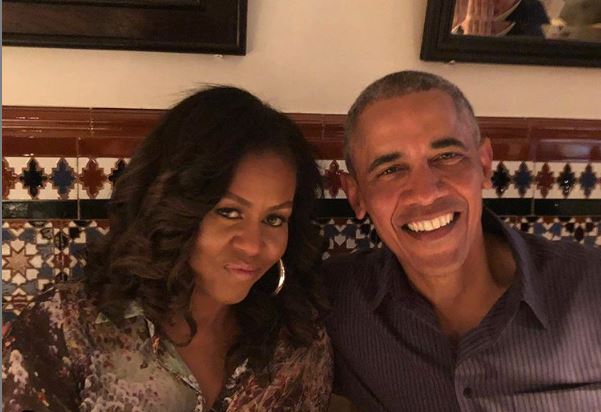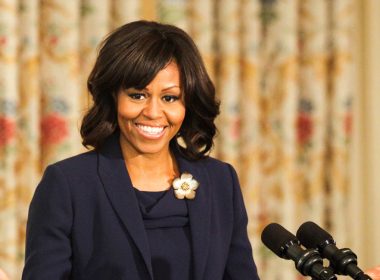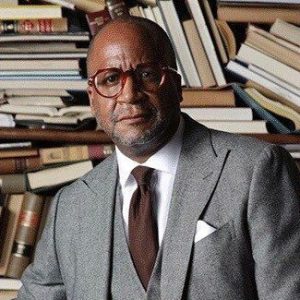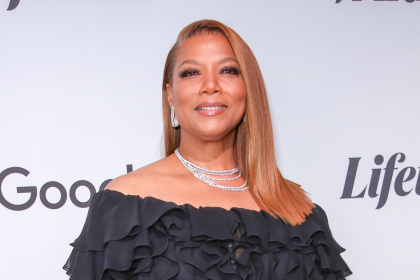Dr. Anita Bateman is the associate curator of modern contemporary art at the Museum of Fine Arts Houston (MFAH). Dr. Bateman has curated for 10 years and focuses on art of the African diaspora, specifically, contemporary African American artists. She is a connoisseur of visual art, a friend and listening ear to artists and someone who really is in support of exhibition making and institution building.
For her first exhibition at MFAH, Dr. Bateman has brought the Obama portraits to be on display from April 3 to May 30, 2022.
What is this special exhibit that is happening at MFAH right now?
My first exhibition at the MFAH are the Obama portraits. As we know, they are on a national tour. Houston was, at first, the last city on the national tour, but has since shifted to being the fifth city on the tour with the inclusion of now the de Young Museum in San Francisco and the Museum of Fine Arts, Boston. So, in each presentation of the Obama portraits, there’s sort of an organizing curator, a different iteration that draws attention to key aspects related to the portraits in their commission.
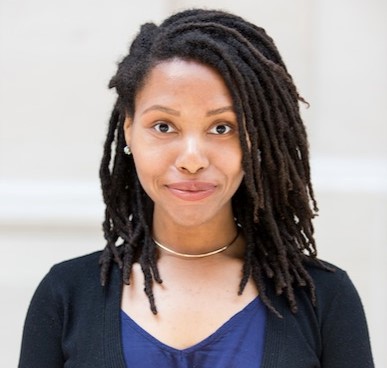
For the MFAH presentation, it was important for people to really engage with the portraits programmatically, because we are only focusing on the portraits. Other institutions sort of have done either auxiliary exhibitions or have also done a really robust set of programming. Our opening celebration, ‘Sunday Best’ happened on April 3rd. That was really to introduce the portraits to the city, introduce me to the city, as well as get people out to the museum to really speak with artists and engage in the different activations that were around our campus.
Why is this event so dynamic?
It was a team effort. Conversations began in October with both myself and our marketing department. Shout out to Ben Gray and Mahogany Johnson, who were thinking partners with me on this. We’re both coming from Southern Black backgrounds, thinking about what it is to really envision a day in which people could come to the museum, dress up, be in fellowship and communion with each other. And also to think about the visual culture aspects of what these portraits mean to the Black demographic in the city as well as the populace demographic who have come out for the tour.
So, having a set program in which we were celebrating Blackness and specifically thinking about how to draw people into the museum and where we’ve received feedback about what our audience wants to see in the museum was really important for making these activations. We made community partnerships with our Third Ward artists and businesses who really wanted that support and love and the museum had the space to do it, and to give them that. Having everyone congregate in this celebratory moment, for the Obama portraits was really important.
